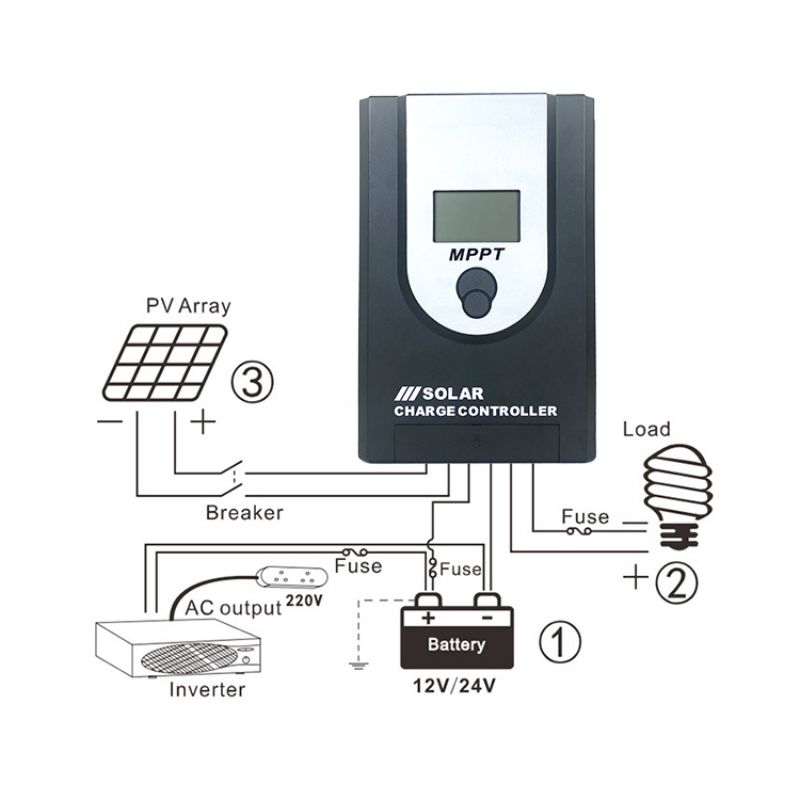
Solar inverters play a key role in harnessing solar energy and converting it into usable energy. These devices are essential in any solar power system because they convert the direct current (DC) produced by the solar panels into alternating current (AC), which can be used to power various appliances in our homes and businesses. In this article, we’ll take a closer look at the key components of a solar inverter and discuss their functions.
One of the main components of a solar inverter is the DC-AC inverter itself. It is responsible for converting DC power from solar panels into AC power that can be used to run our electronic devices. The inverter does this by modulating the DC input voltage and frequency to match the desired AC output.
Another important component is the Maximum Power Point Tracking (MPPT) system. Solar panels produce varying levels of electricity based on factors such as temperature and shade. To ensure the panels are operating at peak efficiency, the MPPT system continuously monitors the panel output and adjusts the load accordingly, allowing for optimal power transfer.
The key component to ensure the safety and reliability of solar inverters is the protection circuit. This includes a range of safety features such as overvoltage protection, undervoltage protection, overcurrent protection and ground fault protection. These measures protect the inverter and other electrical components from potential damage caused by unexpected fluctuations or failures in the system.
Filters and noise reduction circuits are critical to maintaining the quality of the AC output. They help eliminate any unwanted electrical noise or interference that may occur during the conversion process. This ensures that the AC generated by the solar inverter is clean and consistent, preventing any potential damage to sensitive electrical equipment.
Finally, monitoring and communication systems allow users to track the performance and efficiency of solar power systems. The component provides real-time data on factors such as energy production, power output and system performance. With remote monitoring capabilities, users can conveniently access this information via their smartphone or computer.
In conclusion, understanding the key components of a solar inverter and its functions is crucial for anyone looking to invest in solar energy. By understanding how these components work together, users can ensure the efficiency, reliability and safety of their solar power systems. As solar energy continues to gain popularity, it’s critical to understand the technology that makes it all possible.
Post time: Sep-25-2023